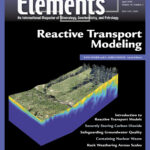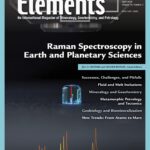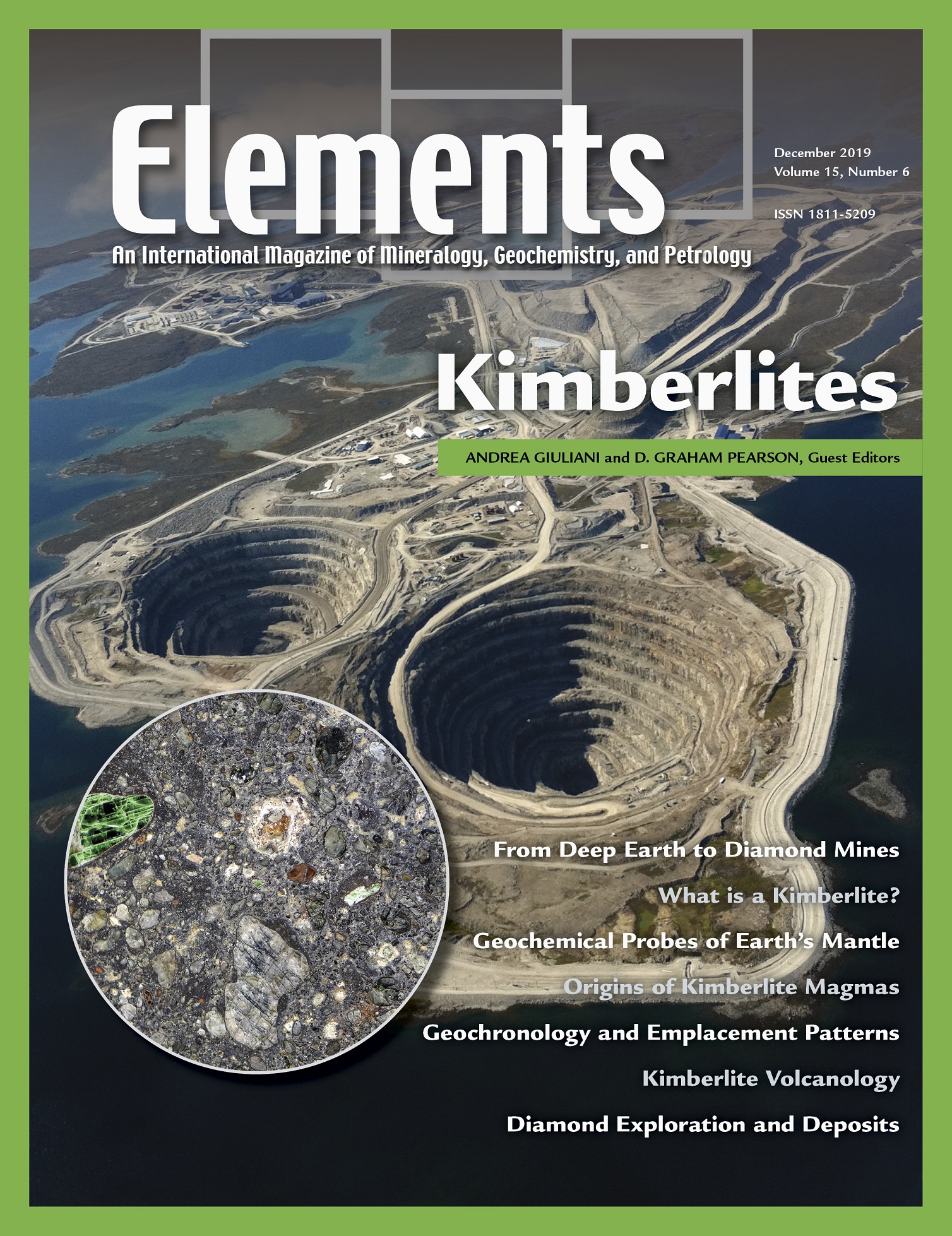
Reactive Transport Modeling, April 2019, Vol. 15, No. 2
June 28, 2024
Raman Spectroscopy In The Earth And Planetary Sciences, April 2020, Vol. 16, No. 2
June 28, 2024Kimberlites, December 2019, Vol. 15, No. 6
$20.00
Kimberlites are the most deeply derived of all volcanic rocks, as well as the host rock for most of the world’s diamond mines. Kimberlites, therefore, provide unique snap-shots of magma genesis and mantle evolution in the deep Earth well into the diamond stability field (>150 km and, potentially, >700 km).
Kimberlites
December 2019, Vol. 15, No. 6
Kimberlites are the most deeply derived of all volcanic rocks, as well as the host rock for most of the world’s diamond mines. Kimberlites, therefore, provide unique snap-shots of magma genesis and mantle evolution in the deep Earth well into the diamond stability field (>150 km and, potentially, >700 km). Despite over 100 years of study, the origin of this complex rock-type remains the subject of intense debate. This thematic issue summarizes current knowledge and controversies on kimberlite formation, including key aspects of the petrology, geochemistry and volcanology of these unique rocks. It shows how kimberlites can be successfully dated, and explore links between the temporal and spatial distribution of kimberlites and known geological events. Diamond exploration and resource evaluation methods are reviewed to demonstrate the inextricable link between an accurate understanding of the characteristics of kimberlites, their entrained mantle cargo, and diamonds.
Why You’ll Love Elements Magazine:
- Expert Contributors: Articles written by renowned researchers in the field of geoscience.
- Engaging Content: Join a community of readers who are passionate about Elements.
- Exceptional Quality: Each issue is printed on high-quality paper with stunning visuals and detailed illustrations that bring complex scientific concepts to life.
Order your copy of the December 2019 issue of Elements magazine today and explore kimberlites.
Related products
-
On The Cutting Edge: Teaching Mineralogy, Petrology, And Geochemistry, April 2007, Vol. 3, No. 2
$20.00New advances in research on learning have important implications for teaching mineralogy, petrology, and geochemistry. Effective instructional practices are increasingly student centered, address diverse student learning styles, and employ a variety of active-learning strategies.
-
Supervolcanoes, February 2008, Vol. 4, No. 1
$20.00Explosive super-eruptions from large volume, shallow magma systems lead to enormous and devastating pyroclastic flows, the formation of gigantic collapse calderas, and deposition of volcanic ash over continent-sized areas. Recognition that future eruptions from these “supervolcanoes” will undoubtedly have severe impacts on society—and perhaps on life itself—has led to recent public and media interest.
-
The Nuclear Fuel Cycle – Environmental Aspects, December 2006, Vol. 2, No. 6
$20.00Increasing concerns for the effects of global warming that result from rising greenhouse gas concentrations in the atmosphere have led to a reexamination, even enthusiasm, for nuclear power. Of all the current alternatives to fossil fuels, nuclear fission is the most important source of energy, accounting for 17 percent of the world’s electricity.




